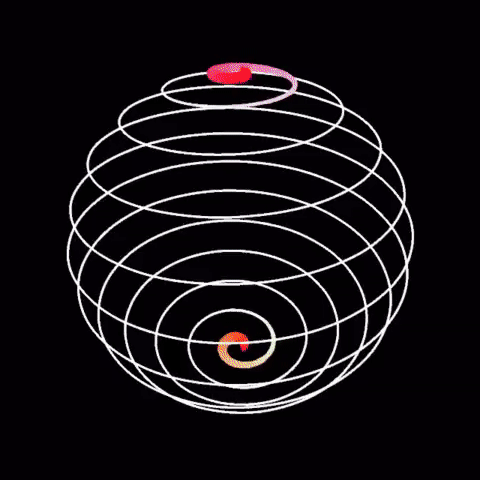Rudiments of the Cosmic Story
This question is important only because it reintroduces a different way of thinking about the universe: How can the universe be at least 46 billion light years across but only 14 billion years old? Size is an illusion. The universe only shows the appearance of growing larger faster than it should. In reality, it is the beautiful shape which is maintained. The above picture in principle shows a two dimensional shaped self similar spiral as viewed from the top or plan view and not a manifested three dimensional sphere. Do focus on realm of principles, which is immutable, and not the realm appearances, which is misleading. The universe is about shape maintenance for the sake of beauty. Why? Because it is the conjugate of the Immutable. The universe appears - must appear - fresh and beautiful always. The spiral in question is a logarithmic spiral which also means that it is indelibly and intimately associated with mathematical indices. Briefly, A^0=1 for any A holds true always. This is th...

